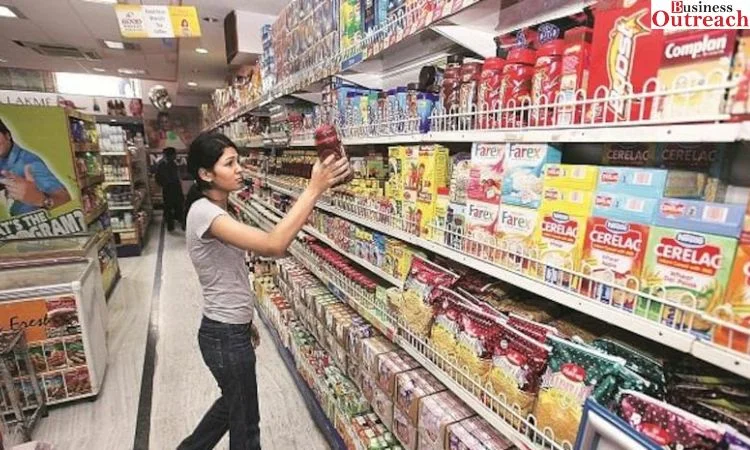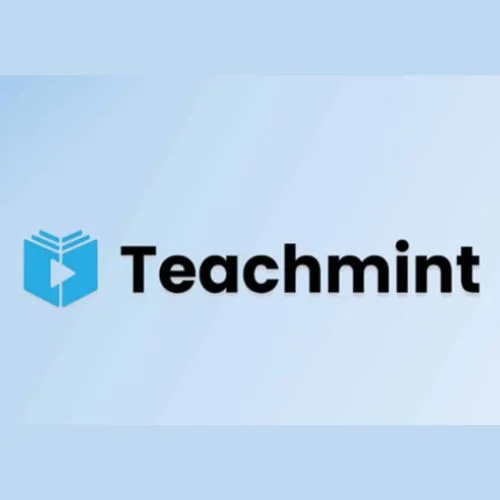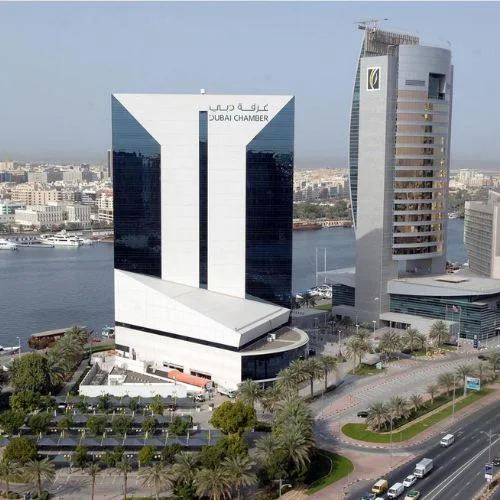The fast moving consumer goods sector is showing signs of a revival after struggling through multiple challenges in recent years. Leading FMCG companies delivered stellar gains of up to 10% on Dalal Street yesterday, as renewed optimism around demand recovery powered the rally.

While FMCG counters had lagged the broader market rally in the past few quarters on subdued rural demand and inflationary pressures squeezing margins, the tide seems to be turning now. Positive commentary from management teams about improving demand conditions, especially from rural India, is fueling investor sentiment.
FMCG majors deriving a large portion of their revenues from Bharat have started guiding about a pick-up in rural demand after nearly two years of sluggish spending. ITC, HUL, Dabur and others have all indicated consumption is reviving in the hinterlands on the back of two good monsoon seasons in a row and government measures to boost farm incomes.
This bodes well for the sector as rural India contributes over 35% to overall FMCG volumes. With crop prices and minimum support prices rising, expectations of a bumper harvest are stoking rural optimism. The upcoming general elections and budget are also likely to enhance rural spending power through various populist measures.
FMCG companies had struggled with rising input costs throughout 2021 due to inflation in commodity prices like palm oil, packaging materials and fuel. While most players absorbed some of the increased costs, margin pressure was evident in their financials.
However, with commodity prices now stabilizing, companies have started taking calibrated price hikes to pass on previous cost increases. HUL, Nestle, Dabur and others have increased MRPs of select products by 2-5% in the last few months. This, along with cost optimization efforts, is improving the profitability outlook.
The sharp gains seen in some FMCG distributors also point to channel restocking taking place. Players like Britannia gained over 10% after reporting robust volume growth, indicating supplies were being replenished in the trade channel after two years of intermittent disruptions and subdued off-takes.
As demand picks up steam, distributors are augmenting inventory levels which were depleted during the pandemic. This factor is temporarily augmenting FMCG volume growth even before actual consumer demand spikes.
The pandemic has accelerated the trend of consumers trading up to premium products. With discretionary spending resuming post-lockdowns, demand for high-margin premium personal and home care brands is gaining traction.
FMCG majors like HUL, Godrej Consumer and Dabur have been expanding their premium portfolio into ayurveda, natural and specialty products categories which command higher margins. This bodes well for their profitability as premiumization gathers pace on rising disposable incomes.
While FMCG stocks have run-up sharply in the recent rally, their valuations are still below historical averages. The Nifty FMCG index is trading at around 25x one-year forward earnings compared to its long-term average PE of 30x.
Leaders like HUL, Nestle and ITC offer a good risk-reward despite the recent gains, given their strong brands, distribution reach, consistent earnings growth and robust cash flows. With demand recovery still in initial stages, the sector uptrend is expected to sustain.
After facing multiple headwinds, the FMCG sector is finally seeing tailwinds aligning in its favor on the back of improving demand drivers. With rural recovery gaining momentum and input cost pressures easing, the sector is poised for earnings growth recovery.
The sharp rally in FMCG shares indicates the market is betting on a sustained revival in consumption trends. As visibility improves on demand normalization, FMCG majors look well-placed to deliver steady gains and returns to investors in the coming quarters.















